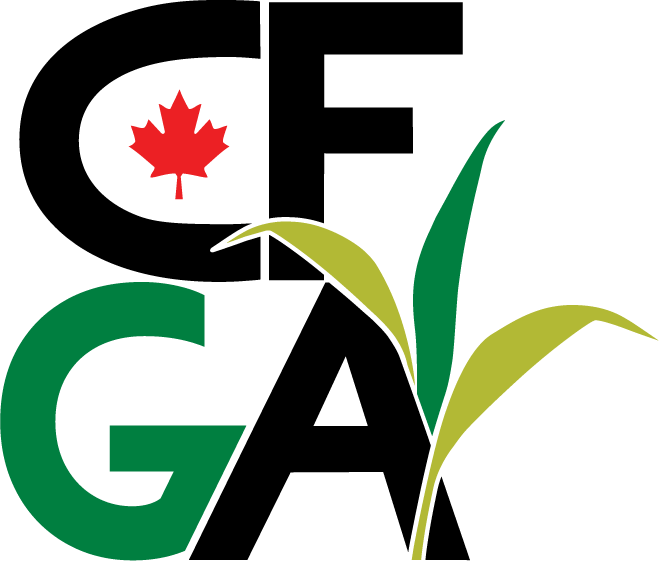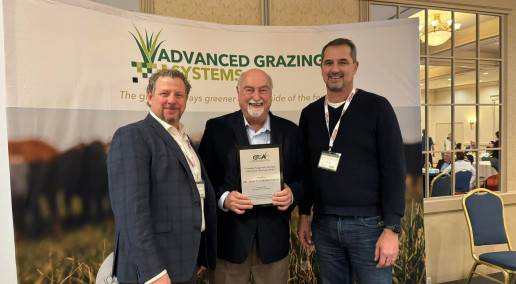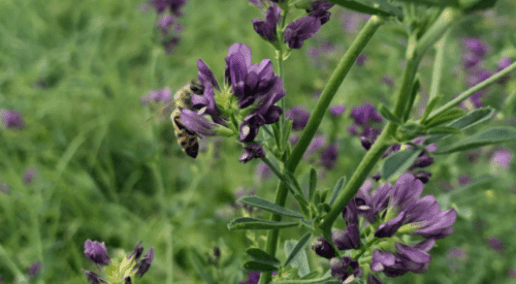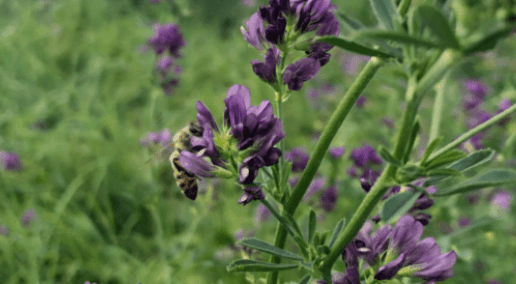During the morning session on Nov. 30 at the Canadian Forage and Grassland Association’s 14th Annual Conference in Harrison Hot Springs, B.C., keynote speaker Ronnie Drever, a senior conservation scientist at Nature United, presented his topic on a hierarchy for implementation of natural climate solutions and how to make decisions about which actions are best given circumstances.
Natural Climate Solutions (NCS) are actions to protect, restore and improve the management of forests, agriculture lands, and wetlands, while guarding biodiversity, food and other values. Why is there a need for a hierarchy framework? Efforts tend to prioritize restoration over improved management or protection, but research shows that its more cost effective to protect and manage than restore. Use this stepwise hierarchy as a rule of thumb to rank Natural Climate Solutions to implement: protect, manage, then restore. There are four criteria of NCS hierarchy: the magnitude of mitigation potential, cost effectiveness, time horizon, and co-benefits.
The first major part of the stepwise hierarchy is protection. Where there is high emissions potential, it is much easier to prevent high carbon density release, which has moderate cost-effectiveness, high near-term mitigation potential, and high co-benefits. Natural grassland protection stores large amount of carbon which could be released if land use is converted. Protection is key.
The second step in the hierarchy is improved management, which involves moderate to high mitigation potential, high cost-effectiveness, a short to moderate time horizon, and low to moderate co-benefits. For example, crop yields can improve. Thirdly is restoration. This takes a long time to see the benefits; the low near-term mitigation potential, low cost-effectiveness, moderate to long time horizon, and co-benefits of restored systems are usually less than undisturbed areas. However, this is often the only option available where biodiversity is lost due to high disturbance.
Research on several agricultural NCS in Canada has been done to determine their rank and potential for carbon dioxide (CO2) emission abatement potential. Protection and management actions (like reducing tillage, increasing legumes in pasture, nutrient management, cover cropping) are more cost effective with greater mitigation potential than restoration actions (like grassland, riparian or peatland restoration).
It is important to note that this hierarchy is a framework not a prescription. A portfolio approach is better; yielding continuum of benefits over time. The relative emphasis depends on willing sectors and context.
What does this mean for grasslands? It is important to avoid grassland conversion, consider additionality, conversion risk, and long-term governance of the land. By implementing no-till or reduced tillage after conversion, using adaptive grazing, legumes in pastures, perennial forages in rotation with annual crops, and the conversion of annual crops to perennial crops, we can better manage our grasslands. By restoring native prairies, we can bring back native grasses and animal species to grasslands. Producers can use these criteria in a chart to prioritize and decide which action is best for their land and their operation.
In conclusion, grassland management can build carbon stocks while providing ecosystem services. This value is integral to the profound transformation required to prevent rapid climate change. There are many NCS options possible, but prioritization can help realize their full potential. None are likely to success if land stewards and farmers are not part of the design, implementation and reward structure.
Back to Conference 2023



Leave a Comment